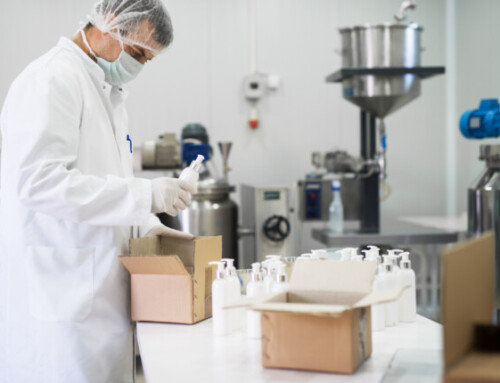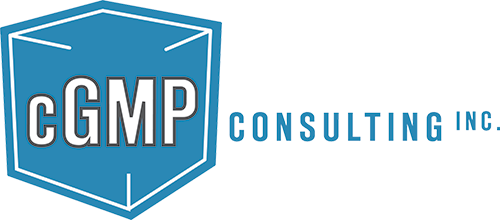Cleanroom Basics
Cleanrooms are highly controlled spaces where pharmaceuticals are produced. Pharmaceutical products are manufactured here to protect them from being contaminated by microorganisms, particulates, or other extraneous matter.
When building a new cleanroom, construction engineers are responsible for generating purchase orders for construction contractors, coordinating schedules, and monitoring projects as the cleanroom is developing. The rooms are constructed and qualified to meet current Good Manufacturing Practice (cGMP) standards. Additionally, personnel, material, and waste flow through the cleanrooms are regulated by defined airlocks to minimize cross contamination.
Cleanrooms are designed so that rooms of a higher grade are surrounded by a lower grade. They are classified into distinct categories according to the degree of cleanliness including the airflow conditions and impurity levels. Cleanroom conditions are measured at both “At Rest” and “In Operation”. The “At Rest” condition means the equipment is not turned on and personnel are not present. The “In Operation” condition means the equipment is turned on and personnel are present.
Before the cleanroom is operational, validation engineers are responsible for confirming the cleanrooms are in a ready-for-production state by evaluating the installation and operational conditions. The installation tests require a room inspection to ensure all elements and surfaces are smooth, impervious, and without gaps. The materials in the rooms are validated to ensure they are non-rusting, non-shedding, and resistant to dust and microbial growth.
Cleanrooms are designed to house HEPA (High Efficiency Particulate Air) filters that help refine the air conditions to meet the specified cleanroom class. These HEPA filters are inspected for proper installation and then are put through a series of operational tests such as measurement of airflow, particulate count, and differential pressure.
Contamination control in a cleanroom consists of both environmental and personnel control. Environmental factors include atmospheric conditions, materials and supplies, entrance and exits, and cleaning and maintenance. Since humans are the biggest source of contamination, hygiene and growing procedures are essential.
Cleaning is the key element of contamination control. The use of specified cleaning agents, cleaning tools and methods should be followed as outlined in approved Standard Operating Procedures. What, when, and how frequently will be specified based on the unique needs of the organization.
Authors: Maria Alvarez, Ryan Khounlo, and Liya Moolayil




